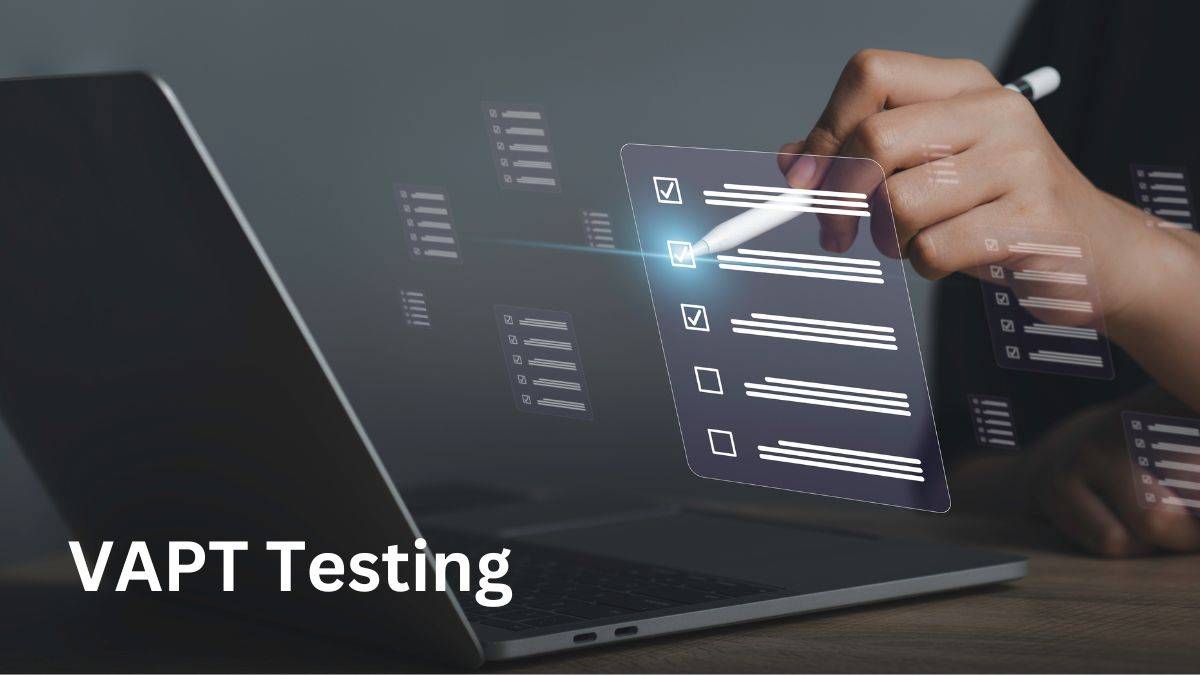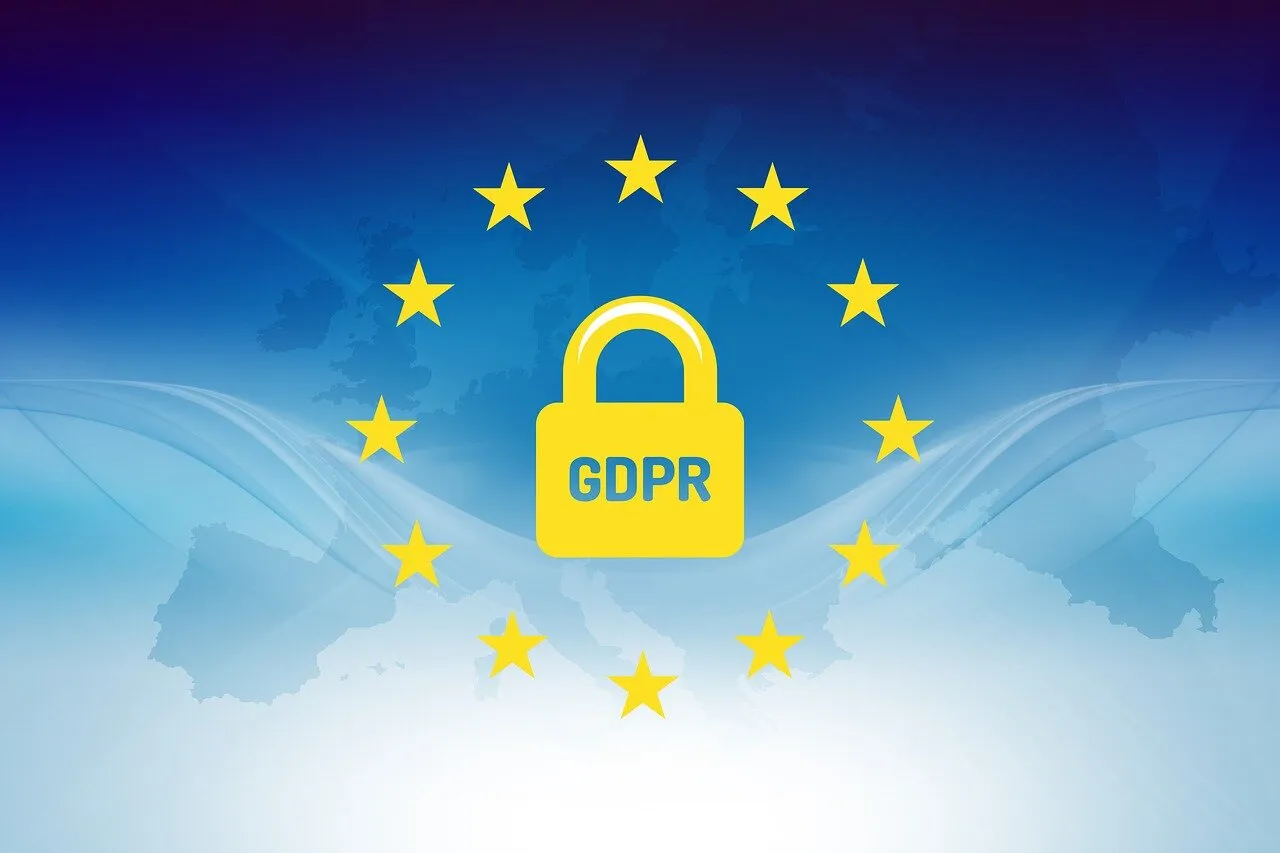Attesting to SOC 2 compliance involves a thorough process of preparation, assessment, and validation. Here are the general steps to attest to SOC 2:
1. Determine Applicability and Scope:
– Define the scope of your SOC 2 compliance. Identify the systems and services that will be within the scope of the audit.
2. Understand SOC 2 Requirements:
– Familiarize yourself with the Trust Service Criteria and criteria for each of the five categories: Security, Availability, Processing Integrity, Confidentiality, and Privacy.
3. Prepare Policies and Procedures:
– Develop and document policies and procedures that align with the requirements of SOC 2. Ensure that these policies are comprehensive, covering all relevant aspects of information security and privacy.
4. Risk Assessment:
– Conduct a thorough risk assessment to identify and evaluate potential risks to the confidentiality, integrity, and availability of your systems and data.
5. Implement Security Controls:
– Implement the necessary security controls to address identified risks. This may include measures related to access controls, encryption, monitoring, incident response, and more.
6. Internal Training and Awareness:
– Train employees on the policies and procedures related to SOC 2 compliance. Create awareness about the importance of information security and privacy within the organization.
7. Internal Audit:
– Conduct internal audits to assess the effectiveness of implemented controls. Identify any areas of non-compliance or weaknesses in the system.
8. Remediate and Improve:
– Address any deficiencies or non-compliance issues identified during the internal audit. Implement corrective actions and continually improve processes.
9. Select a Qualified Auditor:
– Choose a qualified and independent third-party auditor or CPA firm with experience in SOC 2 audits. Ensure that the auditor is accredited and recognized by the AICPA (American Institute of CPAs).
10. Pre-Assessment (Optional):
– Consider conducting a pre-assessment with the chosen auditor before the formal audit. This can help identify and address any potential issues prior to the official audit.
11. Formal SOC 2 Audit:
– Engage in the formal SOC 2 audit conducted by the chosen auditor. The auditor will assess the design and effectiveness of your controls over a specified period.
12. Report Issuance:
– After a successful audit, the auditor will issue a SOC 2 report. The report may be either a Type I report (snapshot at a specific point in time) or a Type II report (evaluation of controls over a specified period).
13. Communicate Results:
– Share the SOC 2 report with relevant stakeholders, including customers, partners, and other entities that may require evidence of your organization’s compliance.
14. Maintain Ongoing Compliance:
– Continue to monitor and manage your information security and privacy practices to ensure ongoing compliance with SOC 2 requirements.
It’s important to note that the process of attesting to SOC 2 compliance can vary based on the specific circumstances of your organization. Engaging with experienced professionals and maintaining a commitment to continuous improvement are key elements in successfully achieving and attesting to SOC 2 compliance.
Contact us at info@soc2-aicpa.com for more information.








